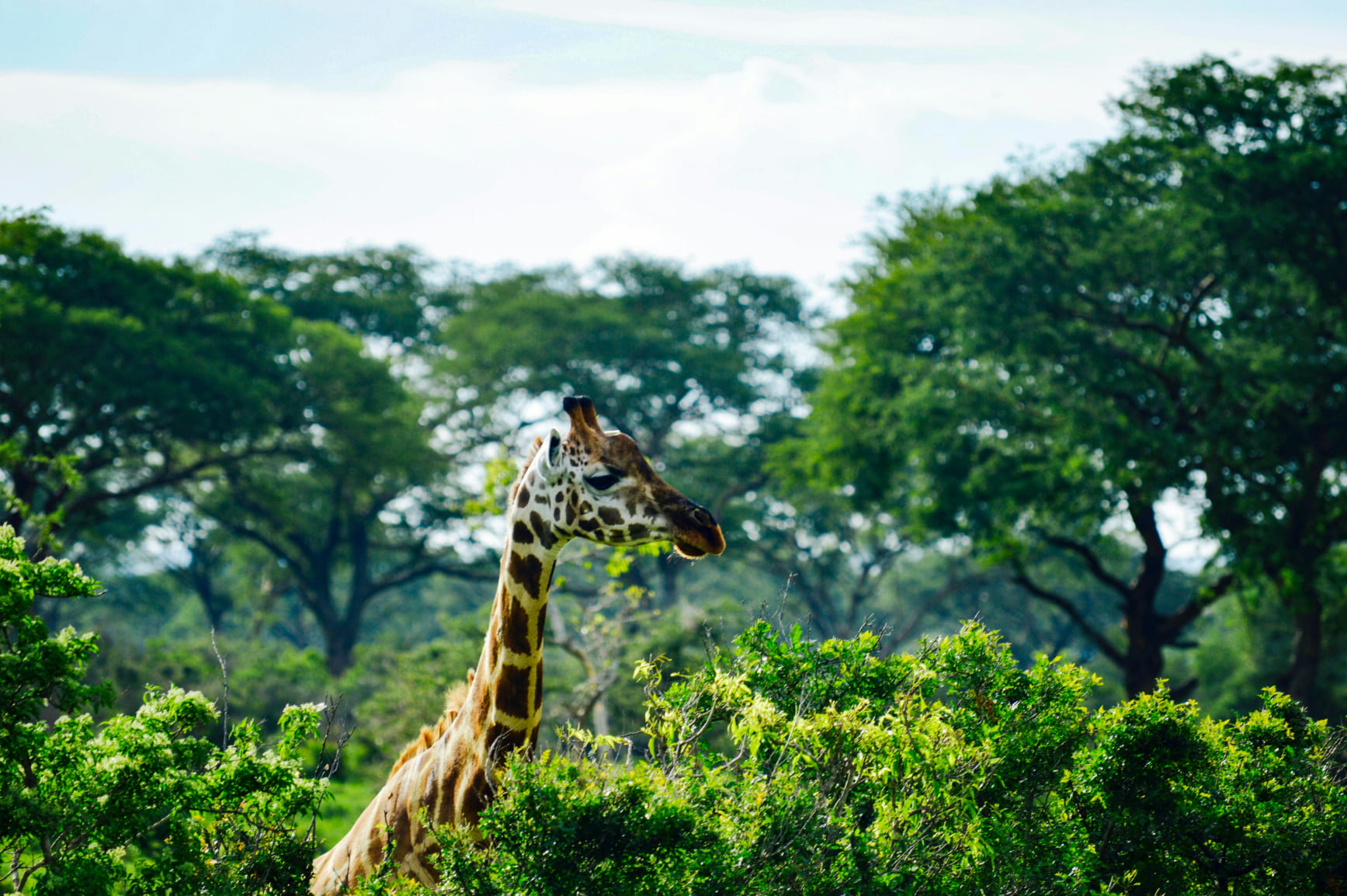
Protecting Endangered Species from Extinction
The world’s ecosystems are home to a rich tapestry of life, each species playing a unique role in maintaining the balance of nature. Unfortunately, many of these species are now endangered, teetering on the brink of extinction due to factors like habitat loss, poaching, climate change, and pollution. Iconic animals such as elephants, tigers, rhinos, and gorillas face severe threats, and their declining numbers signal broader issues within their habitats and ecosystems.
Endangered species often represent entire ecosystems under stress. The loss of a single species can create a domino effect, impacting other animals, plants, and even humans. For instance, apex predators like lions and wolves control the population of herbivores, preventing overgrazing and allowing vegetation to thrive. Without these predators, entire ecosystems can shift, altering water cycles, soil fertility, and biodiversity.
Conserving endangered species is not just about preserving individual animals; it’s about protecting the intricate relationships that exist within nature. Biodiversity ensures resilience, allowing ecosystems to adapt to changes and recover from disruptions. As climates shift and environments transform, the diversity of species offers a safeguard, maintaining the stability of life on Earth. Each preserved species is a testament to the resilience of nature, a promise that future generations will inherit a world filled with diverse life forms, from the smallest insects to the mightiest mammals.
